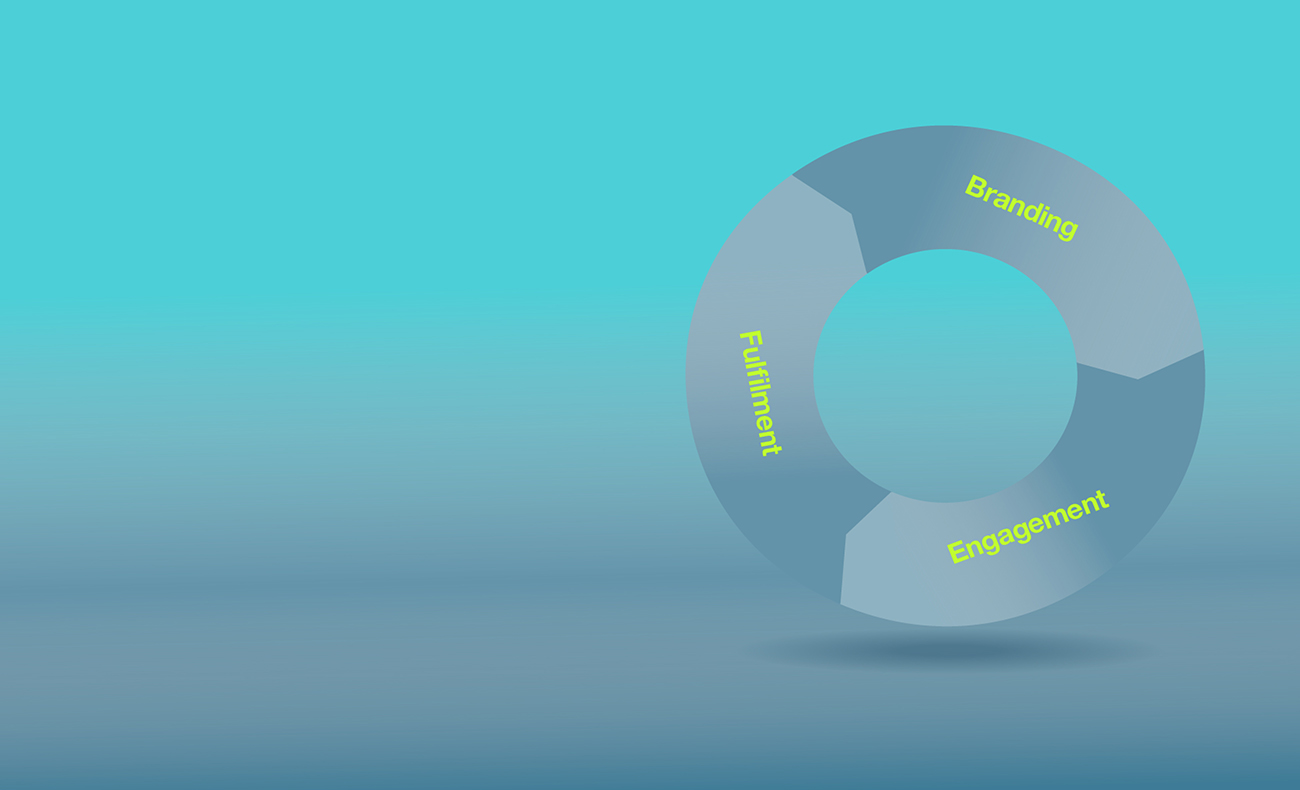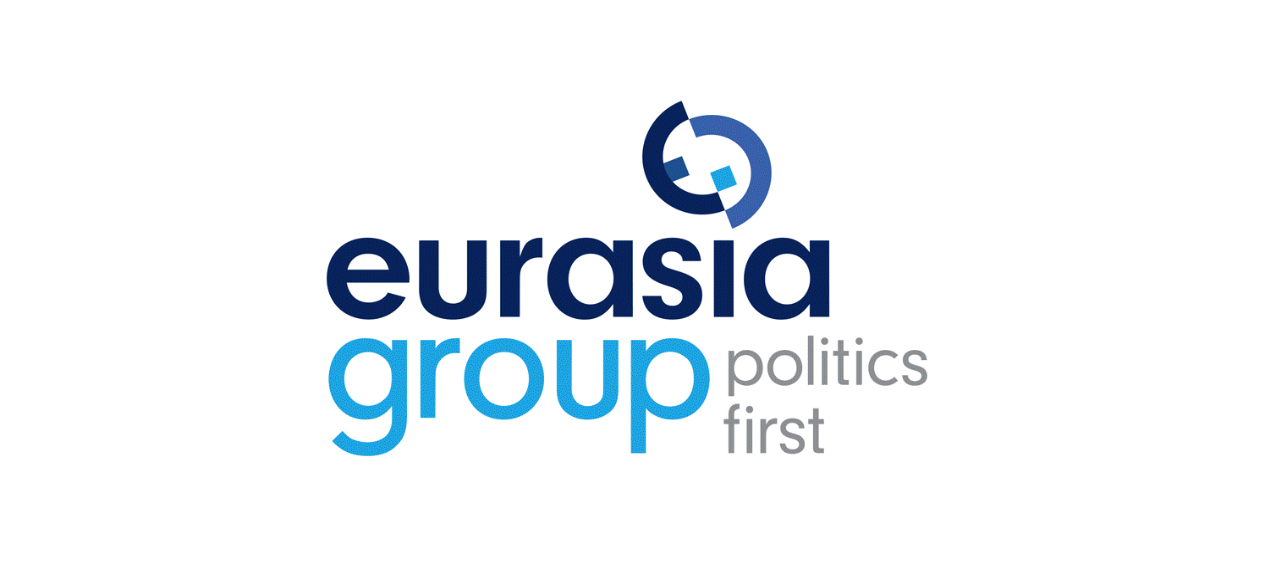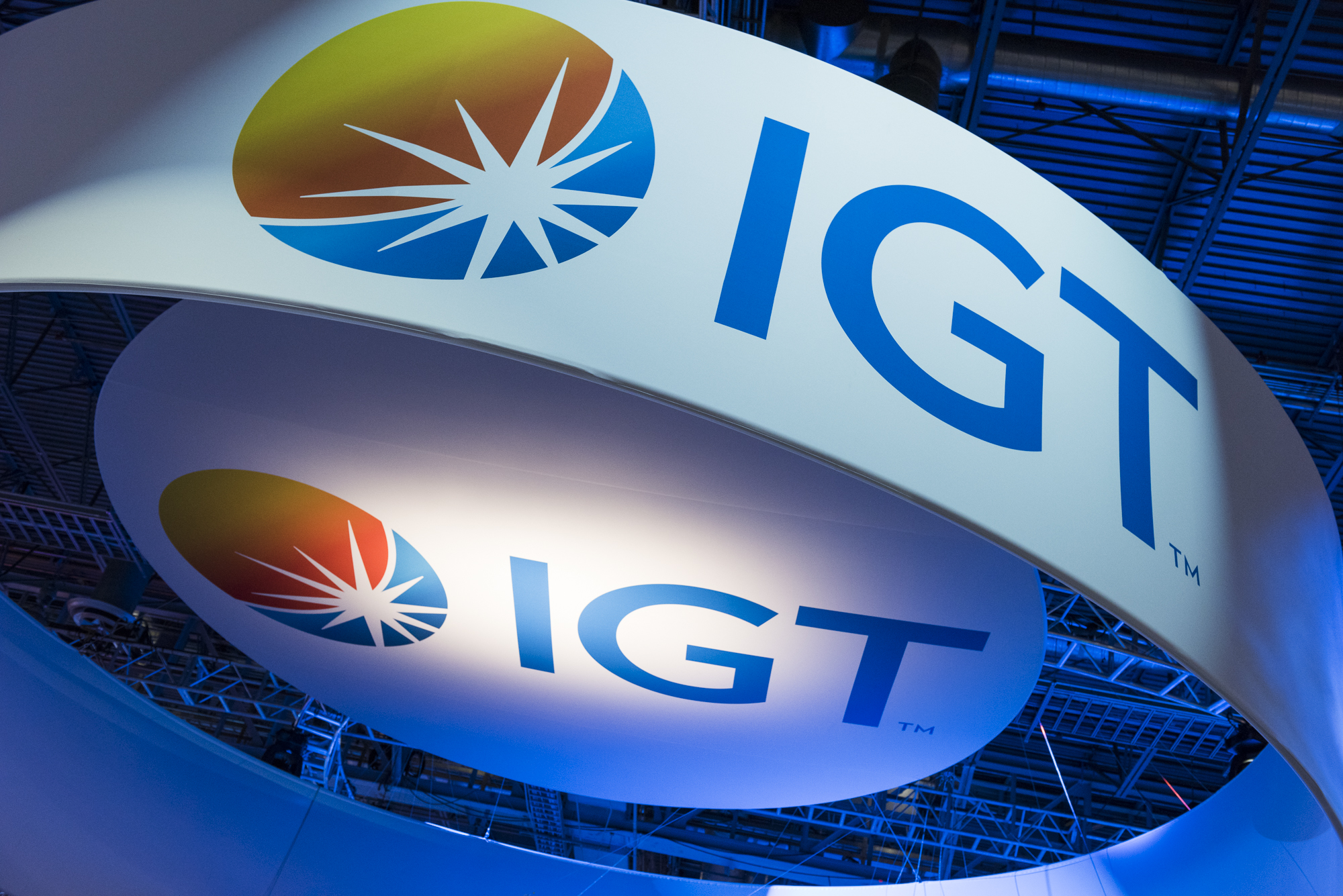
Managing Demand: Branding is Necessary, But Not Sufficient
March 3, 2014
During my long career at Interbrand, my colleagues and competitors operated under the misconception that branding was the center of the universe. All we needed was to build a strong brand for a client and their business would grow dramatically. Unfortunately, reality proved us wrong.
I spent the last two months working intensely with four great companies to catalyze growth and in not one of the cases were we focusing on making the brand stronger. We’d done that already, quite successfully in each case. Instead, we were focusing on building plans and programs to build stronger engagement with, and more effective fulfillment of, the core brand promises we put in place earlier.
Since we launched Catalyst three short years ago, it is compellingly clear that branding is necessary but insufficient in and of itself for managing demand. Instead, we must simultaneously master three integrated challenges – branding, engaging and fulfilling.
Branding: Establishing the Foundation
Effective branding establishes the foundational promise. We provide a solid platform for growth by articulating “who” the brand is, “what” it does and “why” it does it. This process matches the brand’s distinctive skills with the needs of its target audiences to articulate a promise that is relevant, credible and distinct. We use all of our finely honed skills to define the brand’s personality and reflect it through a unique communication style using both verbal and visual cues, managed consistently across the wide array of touch points the brand uses to communicate with its targets.
Engagement: Managing to Purchase
Engagement is the process of managing the customer’s journey from the initial need or desire that triggers the demand, through the search and evaluation process to the point where the purchase decision is made. Here, success is predicated on understanding the steps of the journey, the key milestones in the process and the touch points consulted to make decisions along the way.
This process has transformed dramatically with the rise of the internet and social media. Gone are the days when a brand could assume success by shouting through advertising and then selling hard with face-to-face interaction. Today b2b and b2c customers move through a thoughtful process of learning, evaluating and deciding that is best fueled by well placed information and well-timed problem solving.
Opinions of key influencers, from friends to experts; company owned, influencer sponsored or retailer provided web sites; social media, including Facebook, LinkedIn, Twitter, Google +, Pintrest, Tumblr, Instagram and Yelp; PR; and events are all critical touch points that need to be evaluated and used effectively to engage and guide targets through the process of making the decisions important to your brand.
This fresh understanding of the engagement challenge has influenced the creation of a new discipline – inbound marketing, elevated the importance of strong informational content and given rise to wide array of marketing tools and skills, including marketing automation and lead management, search engine optimization, and influencer relations. Used well, these tools provide us with the skills to better manage the engagement process and the insight to understand quickly what is working and what is not working in the mix. We can now optimize for effectiveness and make the brand work harder than ever before to build rich and rewarding relationships.
Fulfillment: Securing the Relationship
Branders and marketers are only now appreciating the need to closely manage the process of fulfilling the promise once the target is actually engaged. Delivery is more important than ever today because targets are constantly testing and revisiting their purchase decisions as they bring the new product or service into their lives.
Fulfillment involves understanding and managing the process that customers move through once they’ve made the decision to purchase, from initial integration, installation and testing through ongoing usage and the decision to commit to the product, service and brand. Again, rich informational content and effective problem solving drive success in this process.
The key touch points are very similar to those used in the engagement process, but they are used differently once the purchase decision is made. Here the emphasis is on enablement as customers seek ways to get more out of what they’ve purchased by themselves. It is also important to establish a safety net with opportunities for interaction should the challenge be more difficult than individuals are capable of managing on their own.
Effective enablement and support helps to validate the purchase decision and in the process helps to forge a more fulfilling relationship with the customer. Fulfilled customers buy more from a brand. They also tell others how fulfilled they are, which in turn influences engagement with new targets and helps make the brand stronger. It’s a self-renewing cycle.
The beauty lies in the fact that all through the process we can gather feedback, learn and refine to ensure that we’re making it better and better all along – improving the value of brand, engagement and fulfillment as integrated demand management tools.
With these three important tools, we can manage and grow demand. Handled separately, these tools are only limited in their ability to assure the desired result, but managed together as an integrated whole we can assure that we’re doing what’s necessary to spur growth.
There’s no question that to be effective, you need to start with a strong brand, but that’s not enough for managing demand. Don’t let any consultant advise you that it is. Work on all three together and you’ll make the impact you desire.
Posted under: Branding Strategy, Changes in branding, Demand Driving Strategy, Internal Brand Engagement, Uncategorized







